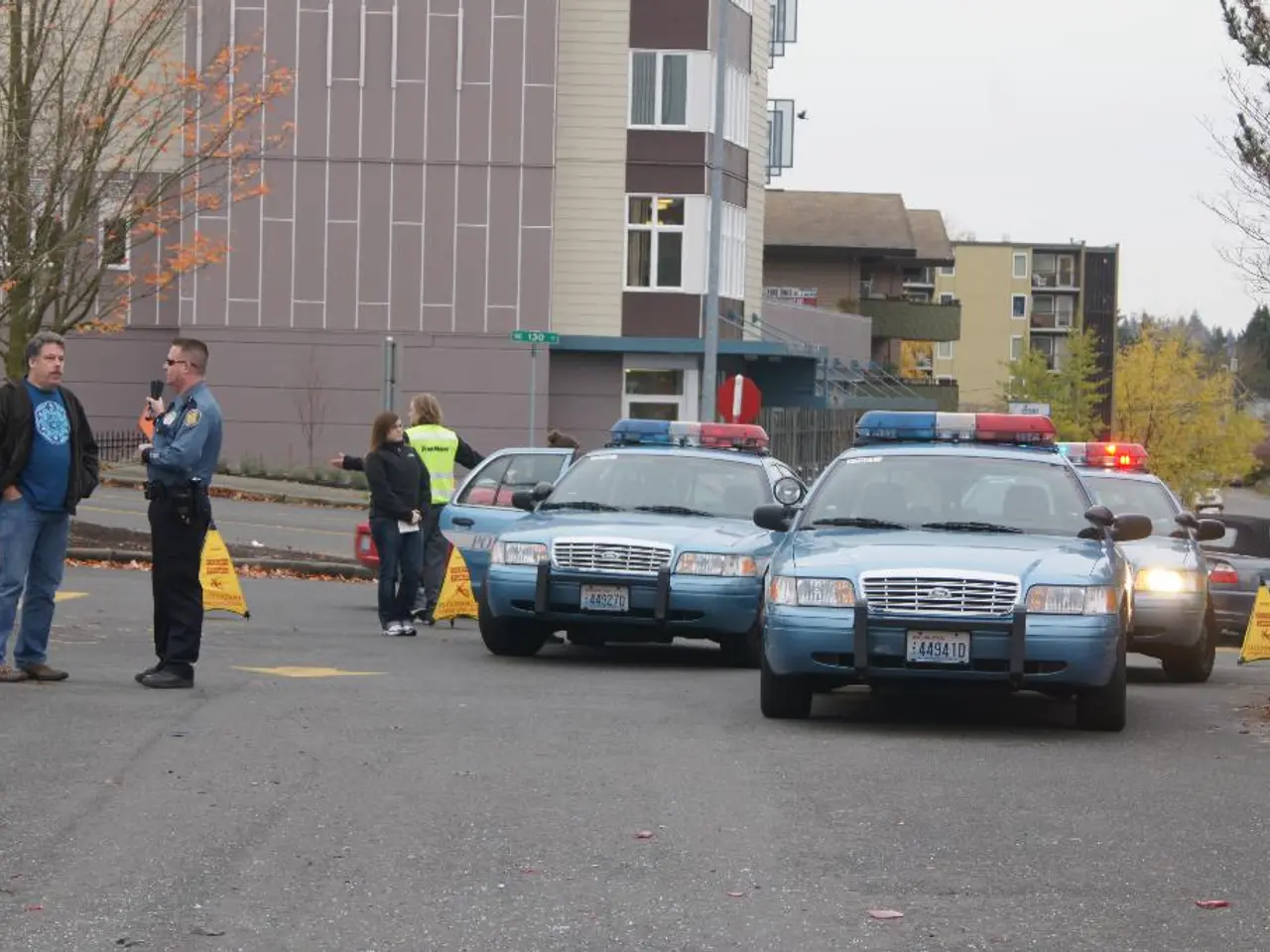Alaska's recent earthquake stands out among its seismically active history
The Aleutian Islands region of Alaska was once again jolted by a powerful earthquake on Wednesday, with a magnitude of 7.3, according to the United States Geological Survey (USGS). This latest seismic event is part of a series of significant earthquakes that have struck the region since 2020.
The earthquake, which occurred off Alaska's Aleutian Islands chain at 12:37 p.m. local time, has raised concerns about the potential for tsunamis. The area is known for its capability of generating trans-Pacific tsunamis, and the National Tsunami Warning Center promptly issued a warning following the quake.
The official maximum wave height at Sand Point, a community 55 miles north of the epicenter, was about 3.9 inches (10 centimeters). However, the warning lasted for approximately an hour before being downgraded and then canceled around 2:45 p.m. Public safety departments in King Cove and Unalaska sent alerts urging those in coastal areas or those that could see inundation to seek higher ground.
In some communities, residents are urged to retreat up a hillside during tsunami warnings, while in others, local officials have relayed warnings door to door. People in warning areas can receive notifications through various means, such as sirens, weather radio, public radio broadcasts, social media, or push alerts on cellphones.
If the ground shakes violently for 20 seconds or more, it is a warning sign to head to higher ground in coastal areas. In some places, local officials have designated buildings on higher ground as meetup points during tsunami warnings.
Michael West, Alaska's state seismologist, has expressed concern about the increased seismic activity in the region. Since 2020, the Aleutian Islands region has experienced at least five major earthquakes with magnitudes exceeding 7.0. These include a magnitude 7.3 earthquake on July 17, 2022, and other quakes ranging from 7.2 to 8.2 between 2020 and 2025.
West reminds people of the 1946 magnitude 8.6 earthquake west of the location of Wednesday's quake, which generated a deadly tsunami and led to the creation of a U.S. tsunami warning system. The 1946 earthquake resulted in more than 150 deaths in Hawaii, according to the National Oceanic and Atmospheric Administration.
West worries about a "burnout effect" among residents in the region who have evacuated numerous times in response to larger earthquakes. He urges everyone to stay vigilant and to look into the deeper history of the region to better understand its seismic activity.
Alaska is the most earthquake-prone state in the U.S. and one of the most seismically active regions in the world. The steep terrain of the area makes evacuation and response to earthquakes and tsunamis particularly challenging.
[1] National Oceanic and Atmospheric Administration. (n.d.). The 1946 Alaska Earthquake. Retrieved August 31, 2022, from https://www.tsunami.gov/history/1946-alaska-earthquake [2] United States Geological Survey. (n.d.). Earthquake Hazards Program. Retrieved August 31, 2022, from https://www.usgs.gov/natural-hazards/earthquake-hazards [4] United States Geological Survey. (2022, August 30). 7.3 Magnitude Earthquake Off Alaska's Aleutian Islands. Retrieved August 31, 2022, from https://www.usgs.gov/news/73-magnitude-earthquake-off-alaskas-aleutian-islands
- In Seattle, a health-and-wellness store owner might worry about the potential impact of seismic activity on their business, as quakes in the Aleutian Islands region of Alaska can have repercussions on the weather and trigger tsunamis.
- A Microsoft engineer based in Seattle could be interested in collaborating with scientists studying the increased seismic activity in the Aleutian Islands, as understanding the region's seismic behavior could help develop more accurate weather prediction models.
- In the political realm, discussions in Seattle's city council offices might revolve around the need for emergency preparedness plans in response to frequent earthquakes in Alaska's Aleutian Islands, particularly considering the potential for trans-Pacific tsunamis and the "burnout effect" among locals.




